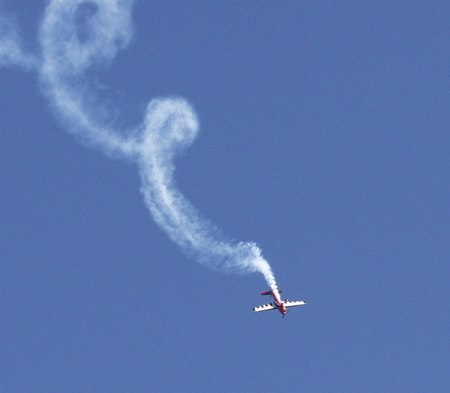Loachman said:
Your second clause is based upon what experience or reference(s)?
Those currently flying F35s qualified without one. Have you seen any comments from any one of them regarding any impairment of their learning curve as a result?
Were dual-cockpit training fighters actually required in this age of simulation, there would be a dual-cockpit F35. There is not, nor will there be.
Progress marches on.
And it will march past Super Hornet and all other contenders much more quickly than it will F35, and leave them all in its dust.
I new someone was going to bring up how current F35 pilots are flying by themselves, and also that simulation is available. Those currently flying the F35 are high hour fully trained pilots on other fighters who also used the F35 simulator to practice before flying the jet. These are NOT brand new entry level just out of basic fighter pilot training. If I am wrong please provide information other wise.
The question of whether the F35 should have dual Cockpit for student training purpose was objected to by the manufacturer. They insisted that simulation would cover the skills needed to fly the F35. Quietly mentioned that other fighter experience would supplement the training process.
Its funny because the US will never be a one model Jet only force. they will always have a couple of different front line platforms, along with a few models of lead in prop and jet trainers for their pilots. One nice thing about their Talon training aircraft is they have been able to modify their flight system to simulate flying other aircraft. Which helps with training and cuts down on cost of flying front line aircraft.
Unless Canada is going to soley rely on simulation to flight qualify our New Jet Pilots, I think we also need to maintain a small fleet of twin seat advanced Jets.
No one is expecting a Brand new Pilot to fly a F35 straight out of Pilot training school, nor are they expecting a junior pilot to be able to fly and utilize the F35 and its capabilities. The F35 is a advanced jet. Such requires more then entry level Pilots to effectively fly and operate it.
One big question for many smaller countries who maintain small fleets and want a sole platform to supply their fighter needs, is training. Cost of training new pilots on a expensive platform.
Be as it will, times are changing and simulators are being used to train every pilot, but the gaps for simulation and real life are noticeable but not talked about. The consequences of real verses simulation are even more so.
The question is, if we go to the F35 as a sole replacement for the CF18, will training on the HAWK be sufficent with F35 simulator training to provide the skill level to fly the F35 with out instructor pilot help in the back seat.
Or will we be scrambling at the last minute to buy a fleet of two seat model advanced jets to provide a lead in training fleet after there is no money. Or will we have to rely on the US for entry level advanced fighter jet training, or will we have a high loss of aircraft due to pilot error due to lack of training.


